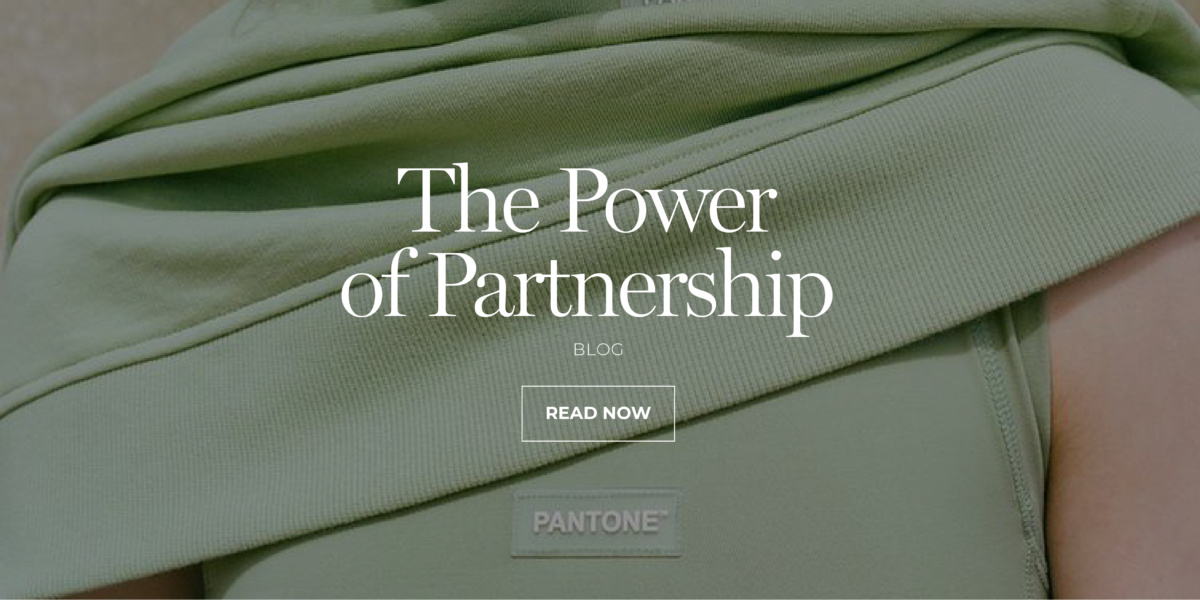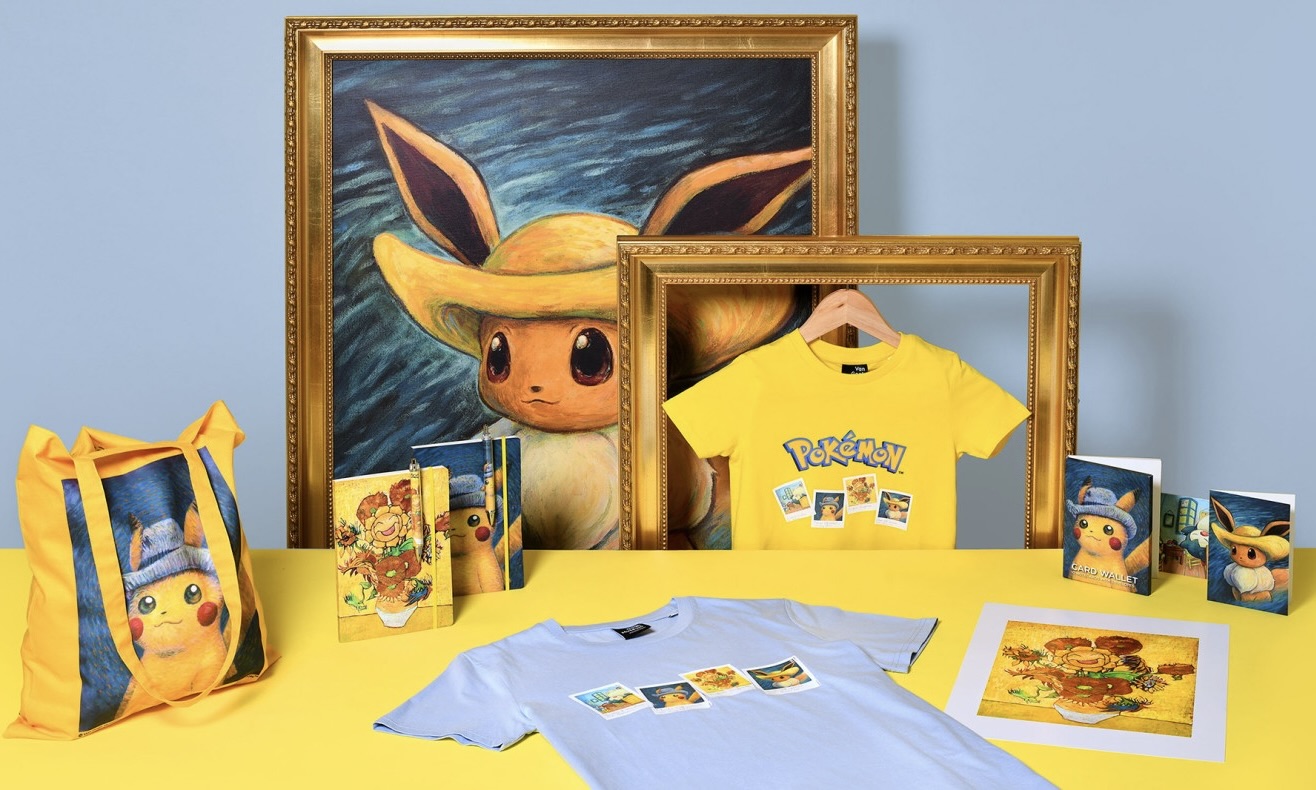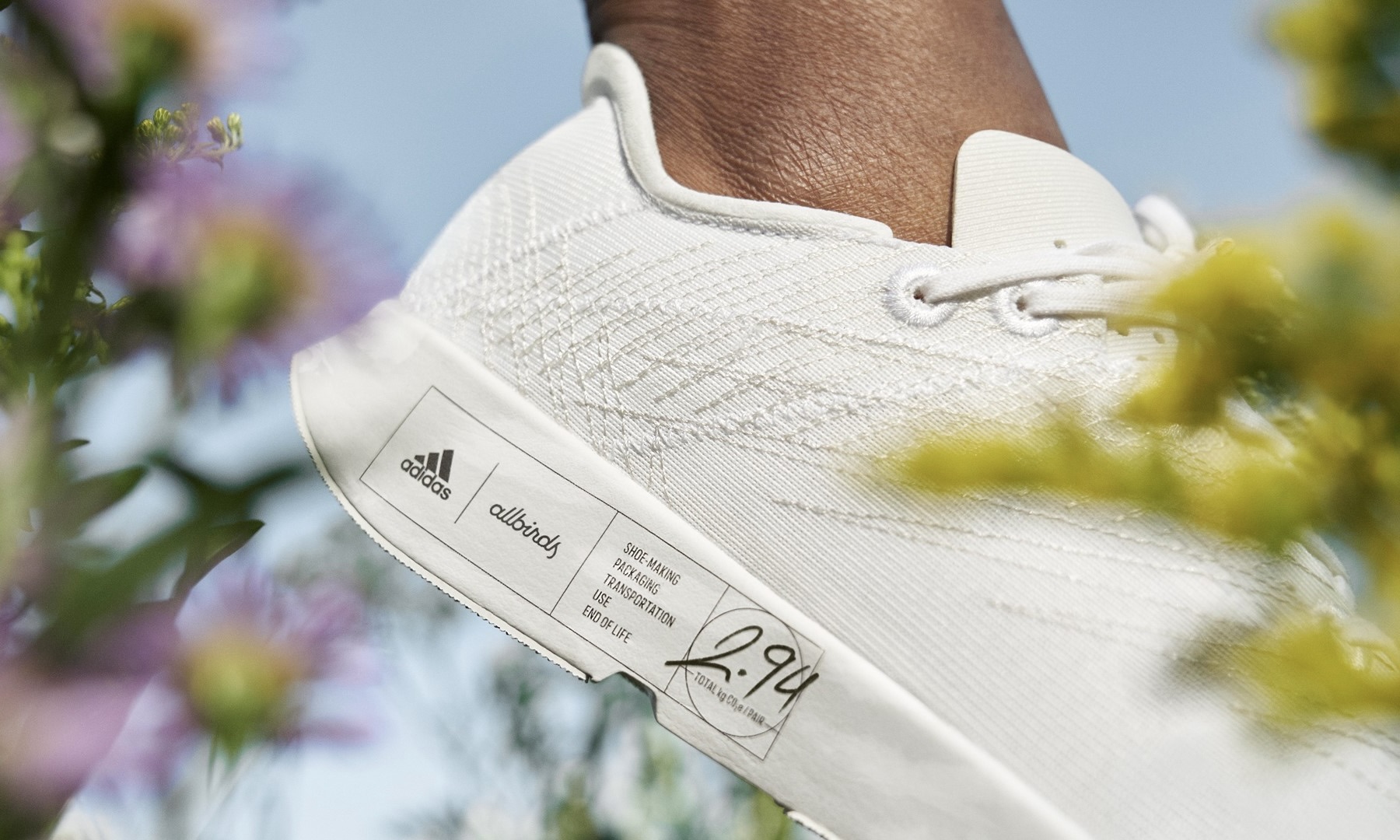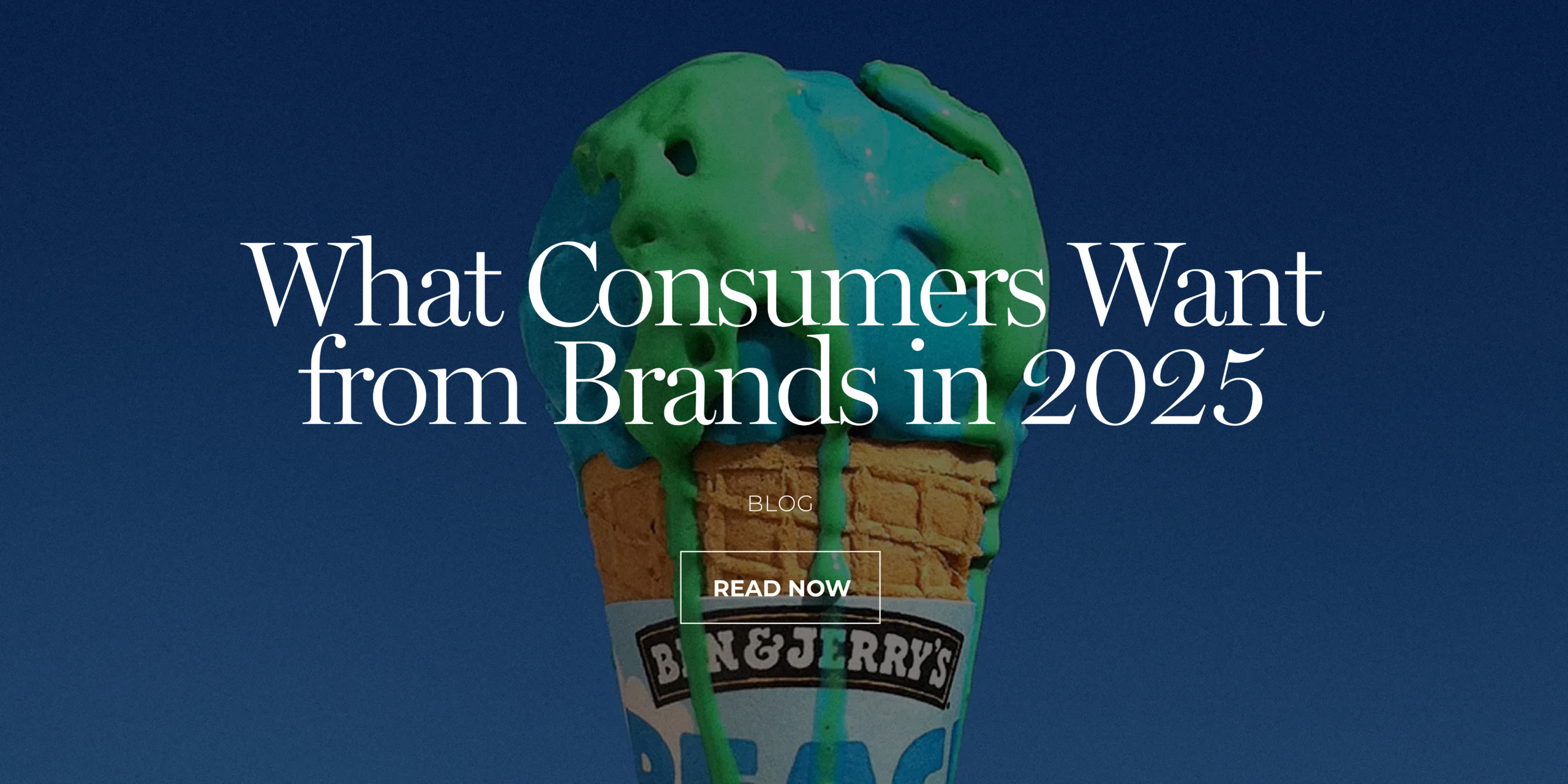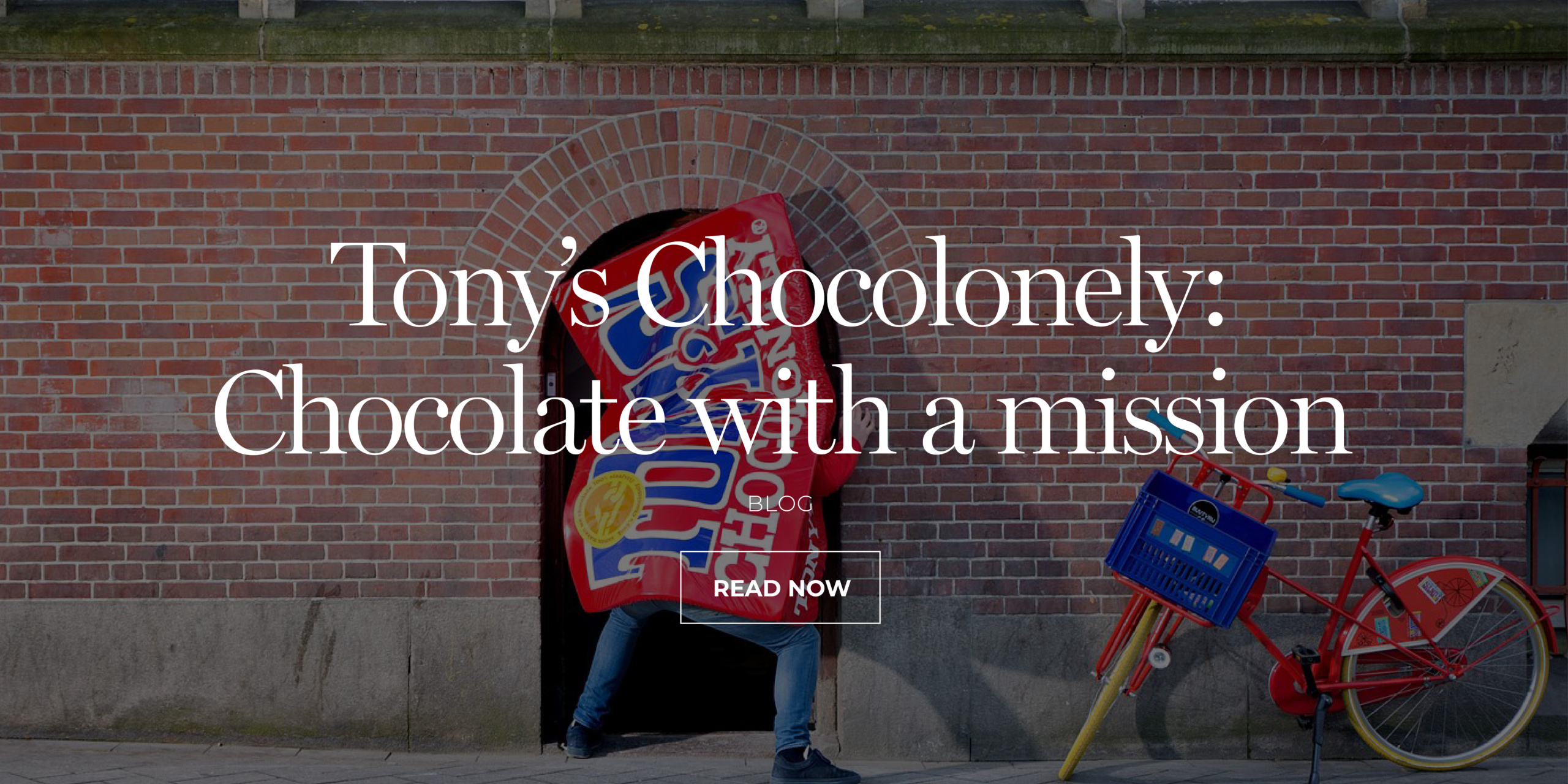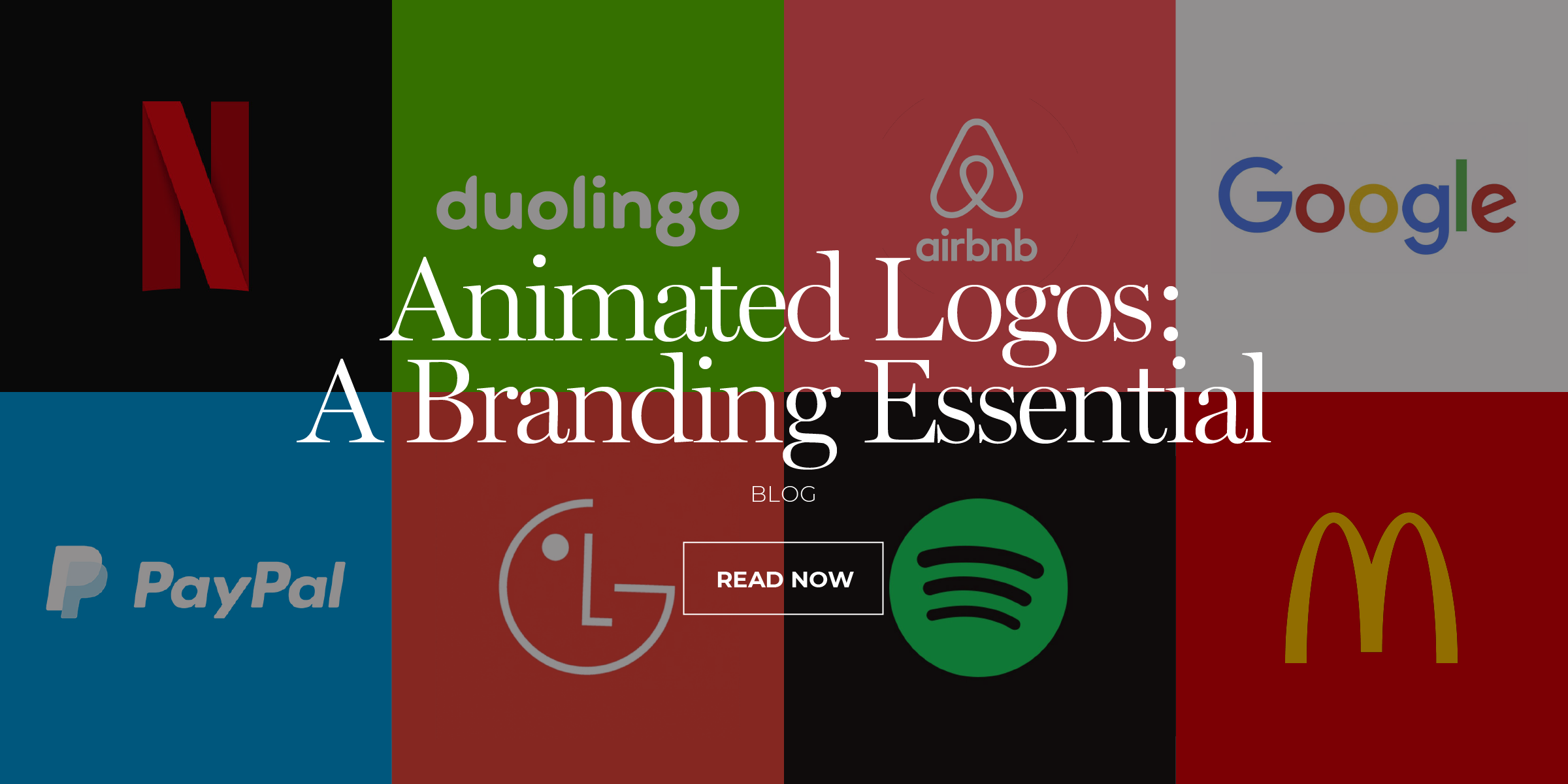Zara, one of the world’s most well-known fashion brands, recently partnered with Pantone, the esteemed colour institute, to craft a new collection.
Taking cues from timeless, contemporary fashion trends, the Zara x Pantone collaboration introduces a captivating palette featuring four organic shades. From serene greens to delicate lilacs and understated greys, these hues weave minimalist at its finest.
This collaboration allows Pantone to promote its expertise in colour curation within the context of a globally recognised fashion brand like Zara, maximising its impact and relevance.
Joining forces with Pantone, the global authority on colour, elevates Zara’s fashion to new levels, infusing the collection with excitement for consumers seeking style and authenticity.
This goes to show the narrative that can be custom-created when two companies with distinct brand attributes come together.
4 Strategic Benefits of Brand Collaborations
1. Amplify Excitement and Engagement
Collaborations ignite conversations. They captivate attention, inciting discussions among consumers and sparking excitement. This heightened engagement surpasses ordinary product launches, creating a palpable buzz that resonates far and wide.
Though enormously successful, Travis Scott, an American rapper, singer, songwriter, and record producer, has a shaky reputation that you wouldn’t typically connect with the all-American, clean-cut McDonald’s brand. This made their collaboration all the more interesting. And ultimately successful.
In fact, the Travis Scott meal was so popular that several restaurants ran out of meal ingredients, disrupting the supply chain. It was a brave move by McDonald’s as the collaboration was the first nationally distributed celebrity-endorsed McDonald’s meal in the chain’s history. Fortune indeed favoured the brave.
2. Expand Reach and Audience Base
Combining the strengths of two brands extends their reach exponentially. Each brand brings its loyal following to the table, granting access to a wider audience pool. Through this symbiotic relationship, both entities capitalise on the exposure to each other’s clientele.
But what happens when you combine a brand born in 1853 with one born just before the 21st century?
The Van Gogh Museum in Amsterdam celebrated its 50th anniversary by teaming up with Pokémon, aiming to introduce young children to Van Gogh’s work – an audience who wouldn’t typically put a visit to the art gallery at the top of their bucket lists.
It’s hard to know what Van Gogh would have thought about combining his work with a Japanese animated cartoon character, but for many, it was incredible.
People from all around the world poured through the doors, and merchandise was bought out daily. The chaos and obsession put the museum in the pages of most newspapers worldwide.
3. Trust and Enhancing Credibility
When a beloved brand aligns with another, it extends a vote of confidence that resonates with consumers. Such partnerships offer a gateway to larger audiences, leveraging the endorsement of established brands to earn the trust of new customers. As you might have heard a friend’s recommendation, seeing your favourite brand endorse another fosters a similar sense of reliability and intrigue.
The Nike x Apple Watch collaboration seamlessly integrated the renowned Nike Run Club app with the powerful features of the Apple Watch, offering an unparalleled running experience.
Users gained access to exclusive Nike Run Club watch faces, real-time performance metrics, and personalised coaching directly on their wrists.
This bolstered trust for both brands and reinforced their commitment to excellence through their shared values of innovation and quality.
4. Foster to Inspire
Innovation often thrives when diverse perspectives come together. By joining forces, brands break free from creative stagnation, creating novel concepts that blend their distinct styles and methodologies. This exchange of ideas extends across design, social presence, and resource utilisation, enabling both parties to explore new territories.
Adidas and Allbirds, typically competing footwear brands, turned rivals into collaborators to achieve the seemingly impossible: creating the world’s most sustainable sneaker. By harnessing natural materials and focusing on minimising the carbon footprint, they designed a running shoe with a carbon footprint of less than 3kg, making it the most sustainable sneaker for both brands.
Their series of low-carbon shoes captured significant acclaim for its innovative approach to reducing carbon emissions. Each release, including limited editions and subsequent colour-ways, sold out quickly, highlighting success and how merging distinct creative approaches can lead to innovations that resonate strongly with consumers.
Weird works, conservative connects and unexpected un-inhibits when it comes to modern brand collaborations. Today’s fickle consumers—led by the most capricious of them all, Gen Z—quickly switch loyalties. To retain interest, brands partner in unexpected ways and often achieve surprising success.
